Figures & data
Table 1 Chemical properties for low-salt sufu during the production process
Figure 1 Microbial counts for low-salt sufu during production process. TMAB: total count of mesophilic aerobic bacteria; LAB: lactic acid bacteria. Error bars show the standard deviations. Values are the means of triplicate analyses. Different letters (a, b, c, and d) at the top of the bars indicate significant differences (p < 0.05).
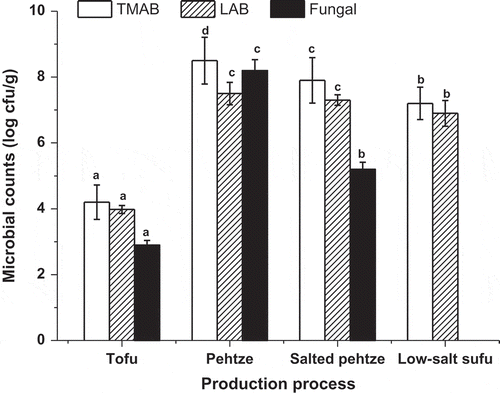
Figure 2 Sensory evaluation for two commercial sufu samples (Control A, Control B) and low-salt sufu product. Control A and Control B are two popular commercial red sufu samples produced by different manufacturers. Values are mean values of panelists’ ratings. Error bars show the standard deviations. Different letters (a, b, and c) at the top of the bars indicate significant differences (p < 0.05).
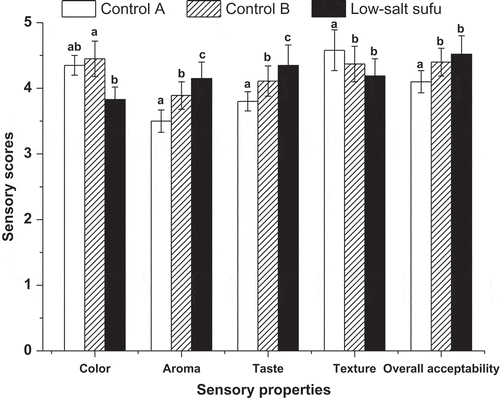
Figure 3 ACE inhibitory activity and peptide content for low-salt sufu during production process. The concentration of water extract used for ACE inhibitory activity test was 10 mg/ml. Values are the means of triplicate analyses. Error bars show the standard deviations. Different letters (a, b, c, and d) at the top of the bars indicate significant differences (p < 0.05).
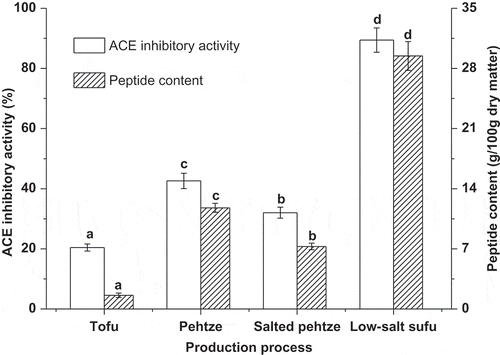
Figure 4 Effect of heat treatment and pH on ACE inhibitory activity in low-salt sufu. The water extract of low-salt sufu before heat treatment was served as control. Values are the means of triplicate analyses. Error bars show the standard deviations. Different letters (a, b, c, d, and e) at the top of the bars indicate significant differences (p < 0.05).
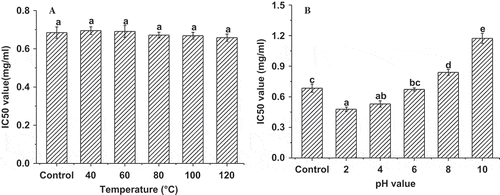
Figure 5 Effect of in vitro protease digestion on ACE inhibitory activity in low-salt sufu. The water extract of low-salt sufu before protease treatment was served as control. Values are the means of triplicate analyses. Error bars show the standard deviations. Different letters (a, b, c, and d) at the top of the bars indicate significant differences (p < 0.05).
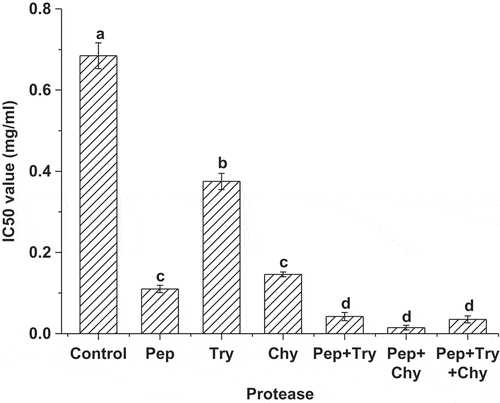
Table 2 Changes in individual free amino acids contents of low-salt sufu with different protease treatments
